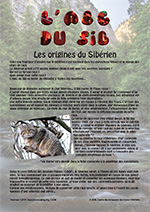The majestic Siberian is a strong, powerfully built cat with strong hindquarters helping them jump exceptionally high. They are a slow-maturing breeding reaching full magnificence at about 5 years of age. Siberians are large cats with a substantial rounded body reminiscent of a barrel and heavily boned legs to support the substantial body structure. Their paws would do a heavyweight boxer proud! But for all their powerful strength, these are gentle cats that enjoy playing and clowning around with their families.
Siberian cats have existed for a long time. The earliest know reference is from 1000AD. In the 1870s they appeared in the first cat show and we also find a reference to Siberian cats at the 1884 show in Madison Square Gardens. Noted cat fanciers mention them in their books in 1889 (Harrison Weir: Our Cats) and 1898 (John Jennings: Domestic & Fancy Cats) along with the first photo of one in 1900 (Helen Winslow: Concerning Cats). But while we find early references to the early Siberians, there is little documented information about them. The 1980s saw the rise of the cat fancy in Russia and records began to be kept. Kotofei Cat Club in Moscow created the first standard and used 2 cats as the model for it: Mars-a blue lynx point and white--and Roman--a brown tabby and white. At the 1989 All Union Cat Show there were 12 Siberians entered. In 1990 Elizabeth Terrll (Starpoint) imported three cats to the USA: Ofelia, Naina and Kaliostro. In 1997 Dana Osborn (Willowbrook) imported the first colorpoints Ustin El Magrib of Willowbrook (seal lynx point male) and Roksana Babyan of Willowbrook (seal tortie point female) and in 1998 the first color point litter was born. TICA accepted them into the New Breed program in 1992 and in 1996 granted them championship status.
Siberians use their incredible intelligence to solve all kinds of problems-like determining to how to open a door to be with the owners they adore, how to get to the cat food for an extra meal, or how to recover the favorite toy their owner thinks they have so cleverly hidden out of reach! They are powerful agile cats that can leap great distances and heights, sometimes appearing to fly through the air, but despite their size, they are adept at negotiating obstacles in their path without knocking them over. At the same time, they love to play and will entertain you with their clown-like antics. They adore their human families and their visitors-with children holding a warm spot in their hearts. They have a wonderful depth to their purr and talk to you with a chirping sound, particularly when they are coming to greet you when you have been out.
While considered a semi-longhair, the Siberian's coat varies with the season. In the winter, it will have a thick, rich, full, triple coat that would have protected it from the elements in its native Russia. In the summer, they shed the heavy winter coat for a shorter, less dense coat. They come in a wide variety of colors and patterns, including pointed, with deep intense colors and rich patterns that make them a dramatic stand out from the everyday cat.
The Siberian is a medium, strong cat with heavy boning and a powerful musculature that takes up to 5 years to reach full maturity. They have rounded contours to the body resembling a barrel and rounded, gentle contours to the modified wedge head. Their large eyes are almost, but not quite, round and will appear rounder when the cat is alert or startled. Their hind legs are slightly longer than their front legs giving them the powerful lift they need to get to those high places they just have to reach! The overall impression of the mature Siberian is one of the balance, circles and roundness.
SIBERIAN (SB)
HEAD ............... 40 points
Shape ............ 12
Ears .............. 5
Eyes .............. 5
Chin .............. 3
Muzzle ........... 10
Profile ............. 3
Neck .............. 2
BODY ............... 35 points
Torso ............ 10
Legs .............. 5
Feet .............. 3
Tail ............... 5
Boning ............ 6
Musculature ........ 6
COAT/COLOR ........ 15 points
Length............. 5
Texture ............ 5
Pattern ............ 3
Color.............. 2
OTHER .............. 10 points
Balance ........... 5
Condition .......... 3
Temperament ....... 2
CATEGORY: Traditional and Pointed.
DIVISIONS : All.
COLORS: All.
PERMISSIBLE OUTCROSSES: None.
HEAD:
Shape: Modified wedge of medium/large size with rounded contours, in good proportion to the body. The head is broader at the top of the skull and narrows slightly to a full-rounded muzzle. The cheekbones are neither high set nor prominent.
Ears: Medium-large, rounded, and tilt slightly forward. The ears should be set as much on the sides of the head as on top. Ideal position is one to one and one half ear width apart. The hair over the back of the
ear is short and thin. From the middle of the ear, the furnishings become longer and cover the base of the ear. Lynx tipping allowable.
Eyes: Large, almost round, with the outer corner angled slightly towards the base of the ear. The eyes should be set more than one eye’s width apart. There is no relationship between eye color and coat color/pattern.
Chin: The chin is well-rounded but not protruding, and is in line with the nose.
Muzzle: The muzzle is short in length, full and rounded. There is a slight muzzle curvature, but the transition between the side of the head and the muzzle is gentle and inconspicuous.
Profile: The top of the head is almost flat, with a slight nose curvature of a gentle slope from the forehead to the nose and a slight convex curvature before the tip when viewed in profile.
Neck: Rounded, substantial and well-muscled.
BODY:
Torso: The body is medium in length, and well-muscled with the back arched slightly higher than the shoulders, with a barrel-shaped, firm belly giving the sensation of solid weight (which appears with age).
Legs: Medium in length. The hind legs are slightly longer than the front, and should have substantial boning.
Feet: The feet are big and rounded, with toe tufts desirable.
Tail: The tail is medium in length, wide at the base, tapering slightly to a blunt tip. The tail should be somewhat shorter than the length of
the body.
Boning: Substantial.
Musculature: Substantial, powerful.
COAT/COLOR/PATTERN:
Length: This is a moderately long to longhaired cat with a triple coat. The hair on the shoulder blades and lower part of the chest being thick and slightly shorter. There should be an abundant ruff setting off the head. There is a tight undercoat (in mature
cats), thicker in cold weather. Allow for warm weather coats. The hair may thicken to curls on the belly and britches, but a wavy coat is not characteristic.
Texture: Varies coarse to soft, varying according to color.
Pattern: Clear patterns are desirable, but secondary to type.
Color: All traditional and pointed colors and combinations are accepted with or without white. White or off-white allowed on chin, breast and stomach of tabbies; white allowed in most areas. Strong colors are desirable, but secondary to type.
OTHER:
Balance: Well-proportioned.
Condition: Excellent health in good overall condition.
Temperament: Must be unchallenging.
GENERAL DESCRIPTION: The Siberian is a medium-large cat with the overall appearance of excellent physical condition, strength and power, modified by a sweet facial expression. The general impression of the body is one of circles and roundness. Siberians are slow to mature, taking as long as 5 years to reach full maturity. Females are considerably smaller than males, and allowances should be made when comparing females and young cats to the standard. Size is secondary to type.
ALLOWANCES: Because the Siberian is a slow maturing breed, coat and physical structure should be taken into consideration when judging kittens and young adults. Buttons, spots, and lockets.
PENALIZE: Straight profile, narrow muzzle, long tail, delicate boning, non-muscular, long body, almondshaped eyes, very long legs.
WITHHOLD ALL AWARDS (WW): Evidence of illness, poor health, emaciation, visible tail fault.
Temperament must be unchallenging; any sign of definite challenge shall disqualify. The cat may exhibit fear, seek to flee, or generally complain aloud but may not threaten to harm. In accordance with Show Rules, ARTICLE SIXTEEN, the following shall be considered mandatory disqualifications: a cat that bites (216.9), a cat showing evidence of intent to deceive (216.10), adult whole male cats not having two descended testicles (216.11), cats with all or part of the tail missing , except as authorized by a Board approved standard (216.12.1), cats with more than five toes on each front foot and four toes on each back foot, unless proved the result of an injury or as authorized by a Board approved standard (216.12.2), visible or invisible tail faults if Board approved standard requires disqualification (216.12.4), crossed eyes if Board approved standard requires disqualification (216.12.5), total blindness (216.12.6), markedly smaller size, not in keeping with the breed (216.12.9), and depression of the sternum or unusually small diameter of the rib cage itself (216.12.11.1). See Show Rules, ARTICLE SIXTEEN for more comprehensive rules governing penalties and disqualifications.
Revised 05/01/05 Siberian Breed Standard, 05/01/2005 

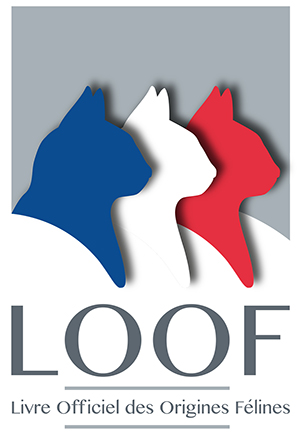
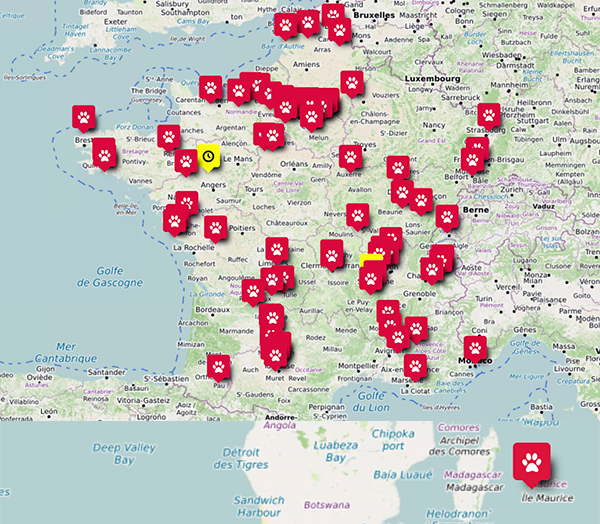
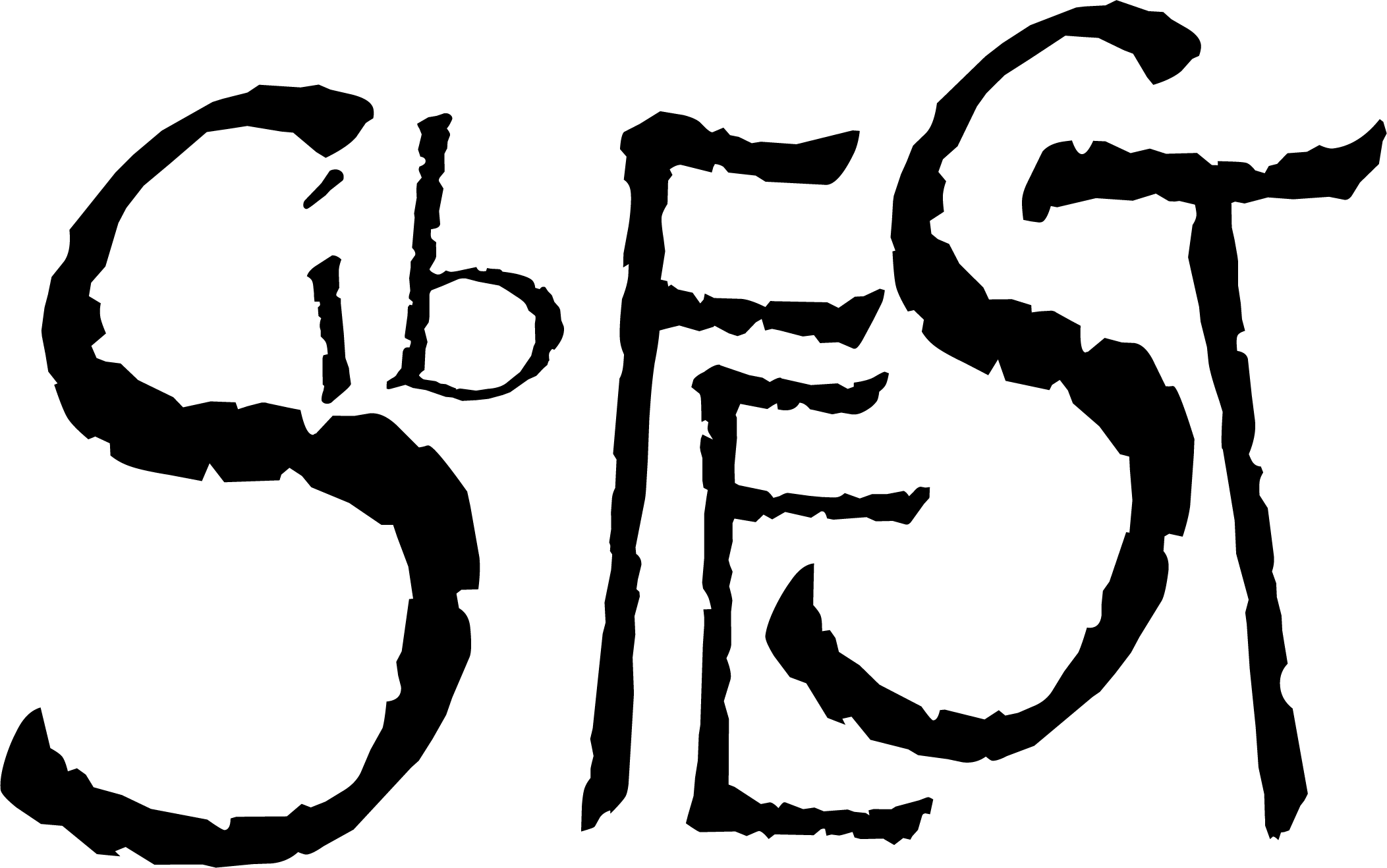

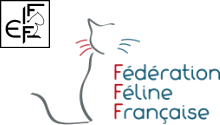
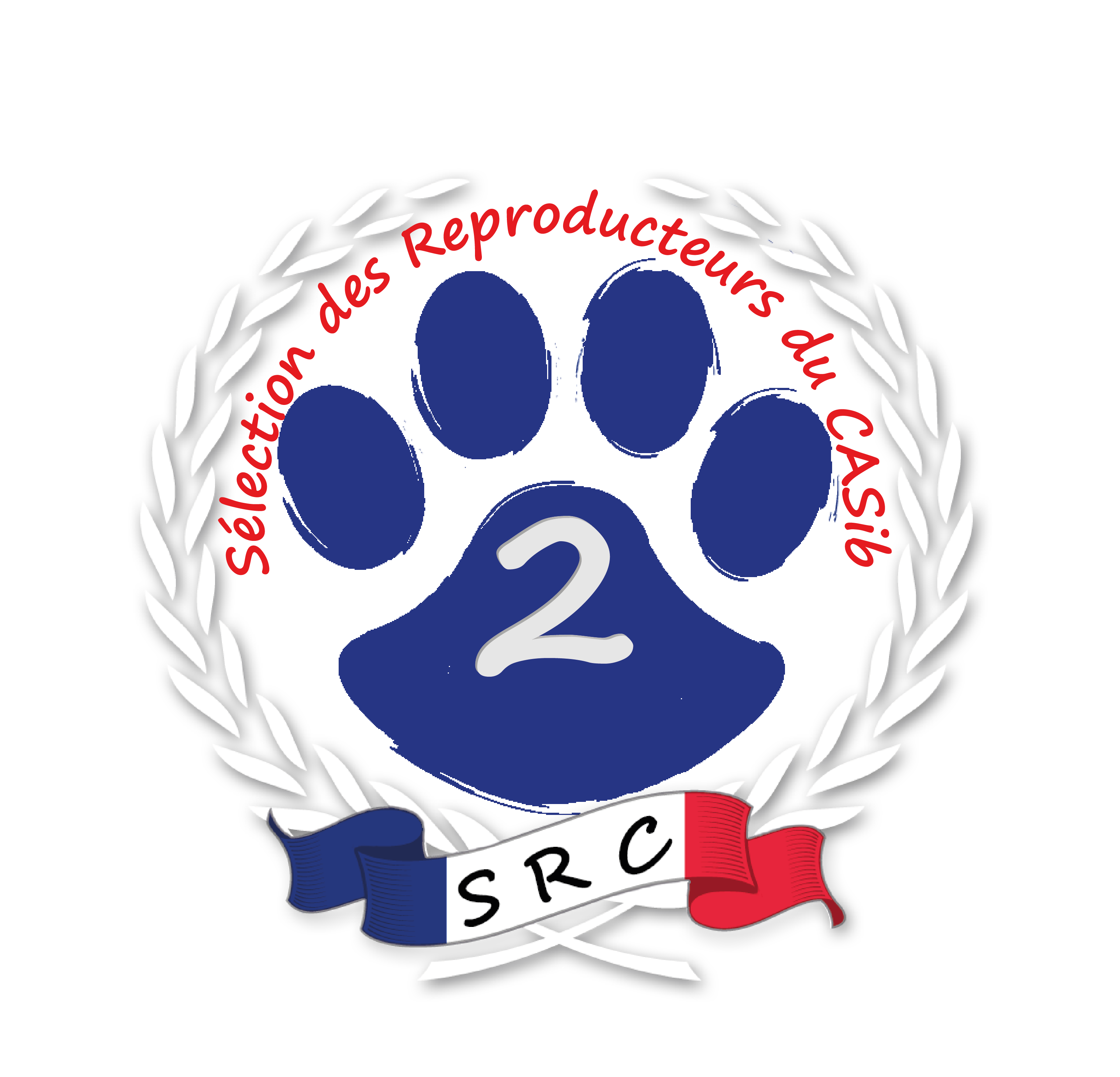
 CASib
CASib


